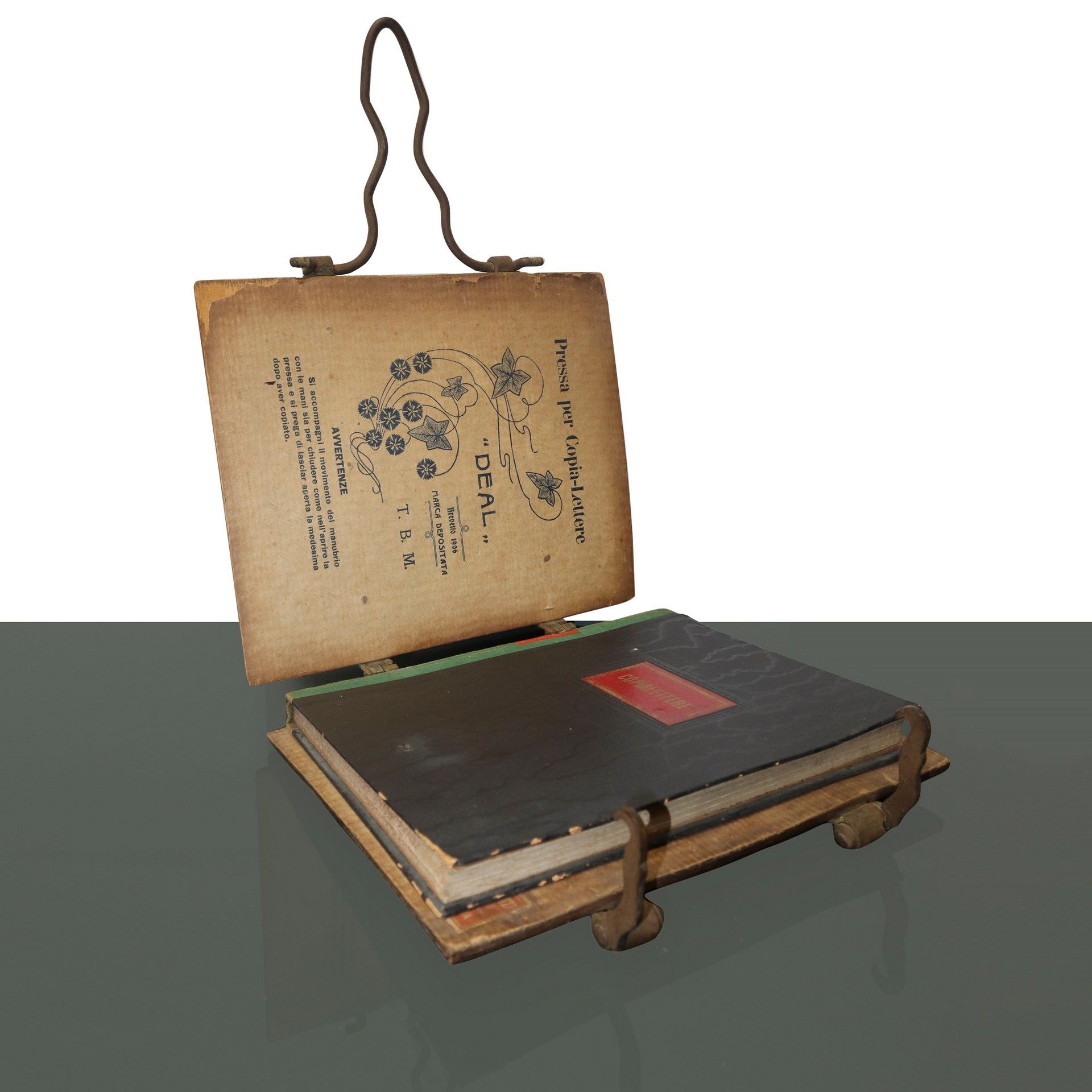Description
Dea wooden letter copying press, Early 900s Cm 25x30With patented closure of 1906, prod. Torino. Iron supportsWith patented closure from 1906, prod. Turin. Iron supports.
48
Dea wooden letter copying press, Early 900s Cm 25x30With patented closure of 1906, prod. Torino. Iron supportsWith patented closure from 1906, prod. Turin. Iron supports.
You may also like
